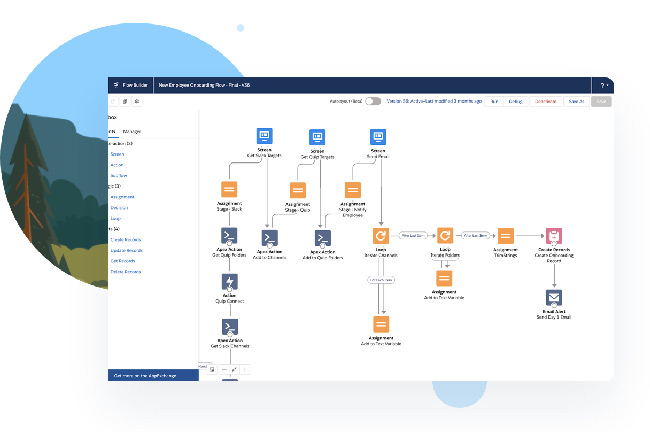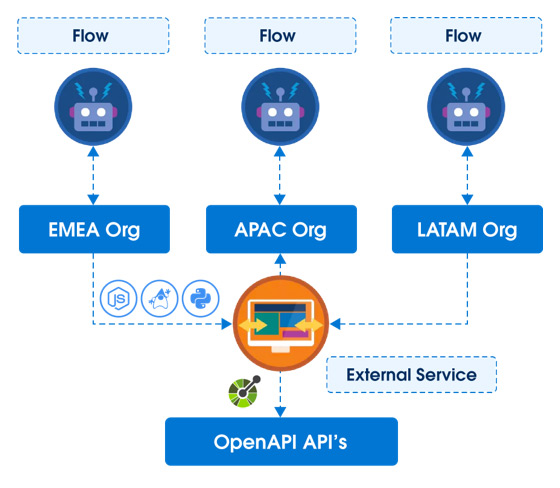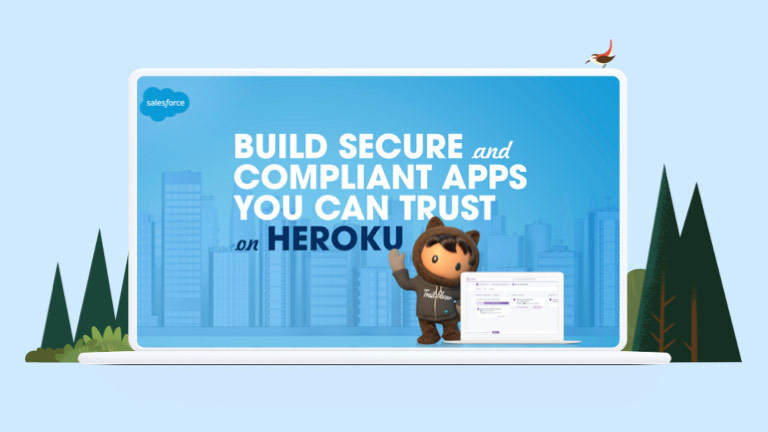Chapter 2: Scale Apps Quickly

Realise the benefits of elastic low code.
Developers can take full advantage of modern app dev compute patterns, industry standards, open languages, and libraries integrated with Salesforce data. This makes it possible to deliver more complete solutions containing complex business logic in Salesforce without writing custom Apex code. Interactions with customer-facing apps or any app can be captured, or trigger flows to enable seamless, integrated B2C experiences.
Heroku capabilities are ideal for running services for high-traffic, customer-facing web and mobile apps and APIs. It’s a single compute and data platform that scales elastically and efficiently with any business’s compute and data needs.

What can you do with the elastic low-code pattern?
Elastic low code is perfect for building frictionless consumer-facing experiences fast. For example, a car manufacturer can use low code to quickly build a customer-facing web app that lets customers shop for cars online, down to the last detail. The app finds the vehicle, creates the order form, and sends the customer a QR code via email. These actions trigger a workflow that generates the sales contract, and all the customer has to do is show up and pick up the car. These are compute-intensive processes, but with elastic compute, the app scales effortlessly to serve 100 or 100,000 customers at once.
Elastic low code is also ideal for implementing touchless transactions. Just create a function on the Salesforce Platform that generates the necessary QR code. Once the flow is there, any admin who wants to generate a QR code can reference that function by just mapping the field and be done. Every time there’s a similar need, the admin can use the same function again. Repeating functions makes it easy to build new experiences and ensures that older, on-premises code can be reused, modernised, and leveraged in more ways than before. With low code and elastic compute, you can modernise your apps quickly to meet customer needs and deliver the seamless, contactless experiences they expect.
Elevate low code with elastic scale.


How Mobile Apps Can Help the Fitness Industry Survive and Thrive

Chasing Covid-19’s Low Code Boom

Extend Flows with Heroku Compute: An Event-Driven Pattern in Low Code
More Resources

Salesforce Functions Demo at DreamTX

How Wunderman Thompson Built a Digital Experience on Heroku in 5 Days







